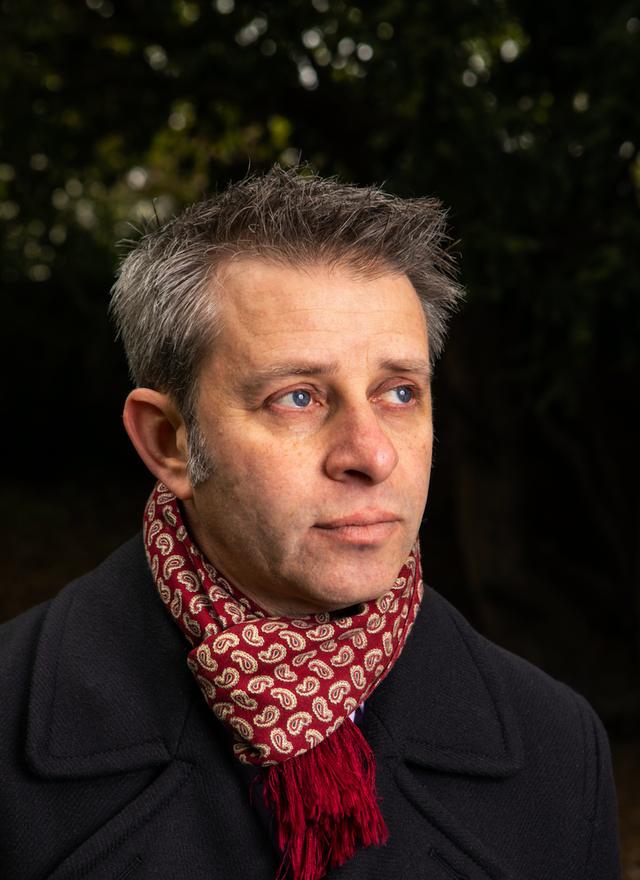To Make Saints: Mormon Adoptions and Familial Belonging in the Pacific
Charlotte Hansen Terry: PhD Candidate, Department of History, University of California, Davis
White Mormon missionaries first arrived in Hawai‘i in 1850 and started the practice of adopting or sponsoring Pacific Islanders and bringing them to the North American West within a few years. Mormon participation in English schools is what led to many of these migrations, and some children then went to Utah and the larger Mormon cultural region to attend school. This paper explores these cross-racial adoptions and how adoption was understood across different communities. The adoption of Pacific Islander children complicated Mormon attempts to expand the boundaries of belonging as adoptions exacerbated tensions with the United States and Pacific nations by the 1890s. This talk is part of a larger project that explores Mormon missionization efforts during the nineteenth and early twentieth centuries and responses to these efforts by Pacific Islanders and their governments, U.S. imperial agents, and other missionary organizations. It traces how white Mormon missionaries and Pacific Islanders considered their affiliations with one another, and also their attempts to define and expand racial, religious, familial, and national belonging.



